The Little Mermaid and the Bund, Shanghai.
Long before I arrived at the World Expo, I decided that the Danish Pavilion would be near the top of my wish list. Not only was it a beautifully elegant structure, but the Danes had also moved their beloved statue of the Little Mermaid to Shanghai for the duration of the Expo.
When asked about the reason behind such an unprecedented move, the authorities simply offered that it would be easier to send the Little Mermaid to China than have 500 million Chinese visitors in Denmark.
From the moment we entered we could instantly make out its dark silhouette, a stark contrast to the white walls of the surrounding pavilion. At once both graceful and melancholic, the mermaid sat at the centre of a pool filled with water brought from Copenhagen Harbour. She was every bit as beautiful as I had imagined, and we stopped for a few minutes, enthralled at the sight.
As for the rest of the pavilion, it was a wide, spiralling indoor/outdoor ramp with a designated bicycle lane running throughout the structure. Along with the British pavilion nearby, this was experimental architecture at its best.
Our next destination was the Swedish pavilion directly opposite. It looked promising from the outside, but aside from the shop we found the overall experience a little disappointing. The interior was basically an IKEA showroom, complete with flowery round lamps and products of layered wood glued together.
Rather more interesting was the fiercely ideological Venezuelan pavilion. Intrigued by reports in which we were told that you could lie down and pretend to be a socialist martyr, my brother and I decided to investigate a little further.
When we got there the martyrs’ display was gone, but in its place we found an innocuous-looking video and a large red block emblazoned with the words, “What does it mean making a revolution in the 21st Century?”
And that was just the tip of the iceberg. The propaganda-fueled displays were everywhere, juxtaposed with features that were at once both playful and unexpected.
In a central courtyard a series of hammocks were ringed by hanging strips of cloth, promoting all sorts of ways to stimulate “world revolution”. Fairtrade was one of them. On some of these banners we found the rather perplexing combination of amar – the verb ‘to love’ – alongside the words “individual revolution”.
On the way out we stumbled into an auditorium fitted with comfortable seats and a very large screen. We sat down and watched as smiling individuals sang the praises of the current political system. And yes, don’t let the map fool you – Venezuela does have a habit of claiming more than half of neighbouring Guyana.
On my final day in Shanghai I ventured out to Puxi, the other side of the Huangpu River and the location of the city’s true heartbeat.
Like Hong Kong and its harbour, the city is defined by the river that runs through it. The ‘original’ Shanghai in Puxi – literally “west of the river”, faces off with the gleaming skyscrapers of Pudong, the “eastern shore” and a potent symbol of China’s economic resurgence.
Perhaps my view of Puxi is tinted because of personal connections with the area. My paternal grandparents were born and raised here, and I grew up hearing stories of their youth in Shanghai.
The cinema where they watched movies on weekends still stands, as does a small theatre and a church where my grandmother once gave performances. So you see, it is near impossible for me to look at historic Shanghai without a hint of romanticism.
Leaving the metro at Nanjing East Road, I turned right and began walking towards the river. Just down the street was a classic 1930s building in brick. Given its architectural style, it wouldn’t look out of place in the centre of a major American city.
Not long ago it was said that Shanghai had the second-largest collection of Art Deco buildings of any city in the world. These were built in its heyday during the interwar years, when the city was widely known as the “Paris of the East”.
I am on my way to the Bund, that iconic river embankment lined with a proud array of historical buildings. To my left I pass the famous Peace Hotel, recently renovated to its former pre-war splendour, and directly in front of me is the raised promenade which is Shanghai’s top tourist attraction. The best time to come here is at night – when all the buildings are floodlit – but during the day the area still exudes a character all its own.
I climb the steps up to the promenade and pause to admire the view. Turning my back on the modern day mish-mash that is Pudong, I gaze up at the steeple of the Peace Hotel and the noble Bank of China Building next door. These two buildings are prime examples of what I like to call “Shanghai Deco”, a fusion of classic art deco lines with elements of traditional Chinese architecture.
Continuing my walk south along the river, I set my camera to capture multiple views of the Bund’s two most iconic buildings. Both were designed by Palmer & Turner Architects, a storied Hong Kong-based firm that is still active throughout much of Asia.
Crowned with a memorable clock tower, the Customs House was constructed between 1925 and 1927, replacing an earlier, more traditional Chinese building. The clock and bell mechanisms inside were specially made in England before being shipped out to Shanghai.
The majestic domed structure next door, built in the early twenties for the Shanghai Branch of The Hongkong and Shanghai Banking Corporation (now know by its short form HSBC), was once hailed as “the most luxurious building from the Suez Canal to the Bering Strait”. Now occupied by the Shanghai Pudong Development Bank, the building boasts a remarkable series of mosaic murals that were saved by an enterprising architect during the chaos of the Cultural Revolution.
In the midday heat the promenade seems relatively empty, and I linger for a while, marvelling at the improvements made in the two years since I had last been in Shanghai. Apart from upgrading the paving slabs and benches, the authorities had added sweeping steps, trees and vertical green walls.
Walking back towards the metro station, I pass streetscapes that seem to come straight out of a 1930s period film. Perhaps my grandmother would have no trouble identifying these places if I sent her some pictures.
Having spent ample time in Puxi during my previous visits, I know which part of Shanghai I prefer. I like gritty, narrow streets full of history and spontaneous activity. What’s more, this side of the river boasts an extraordinary mix of European and Chinese architecture, along with the boundary-blurring shikumen houses which are so characteristic of the city.
Pudong, you may be sparkly and new and full of glossy skyscrapers, but you have nothing on the grand symphony that lies across the river.











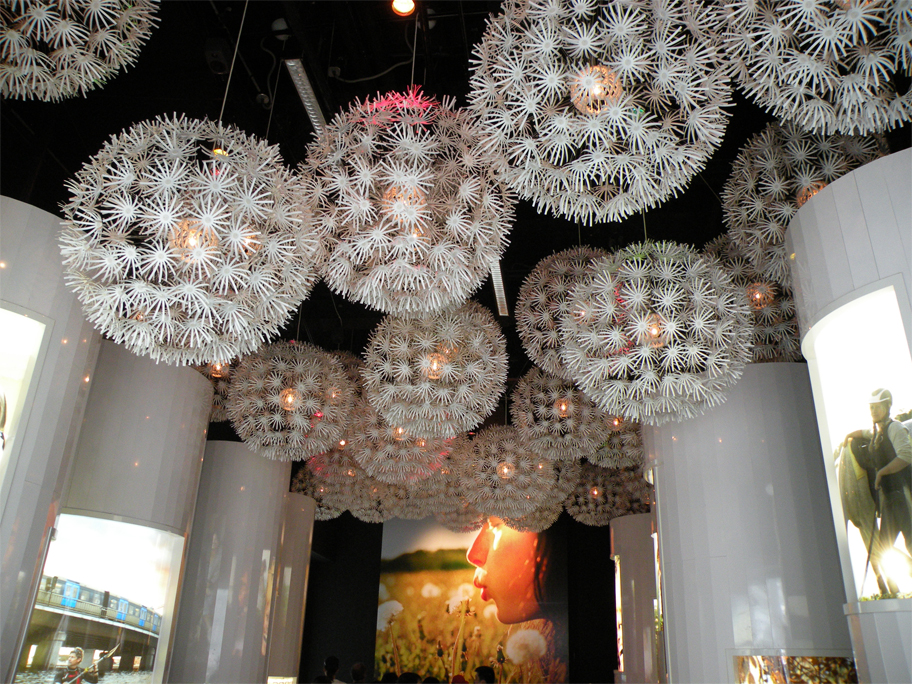
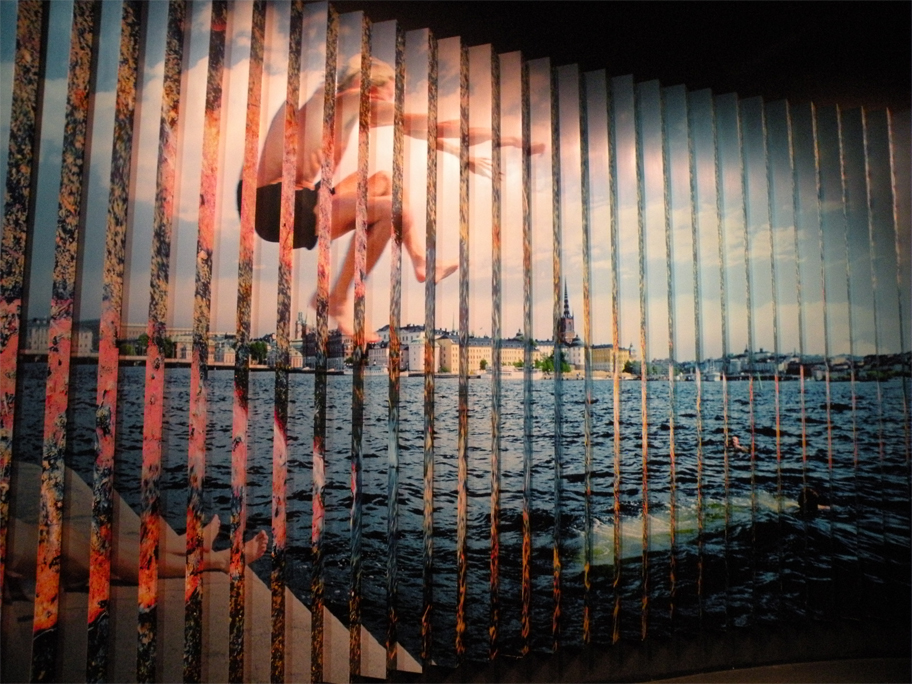


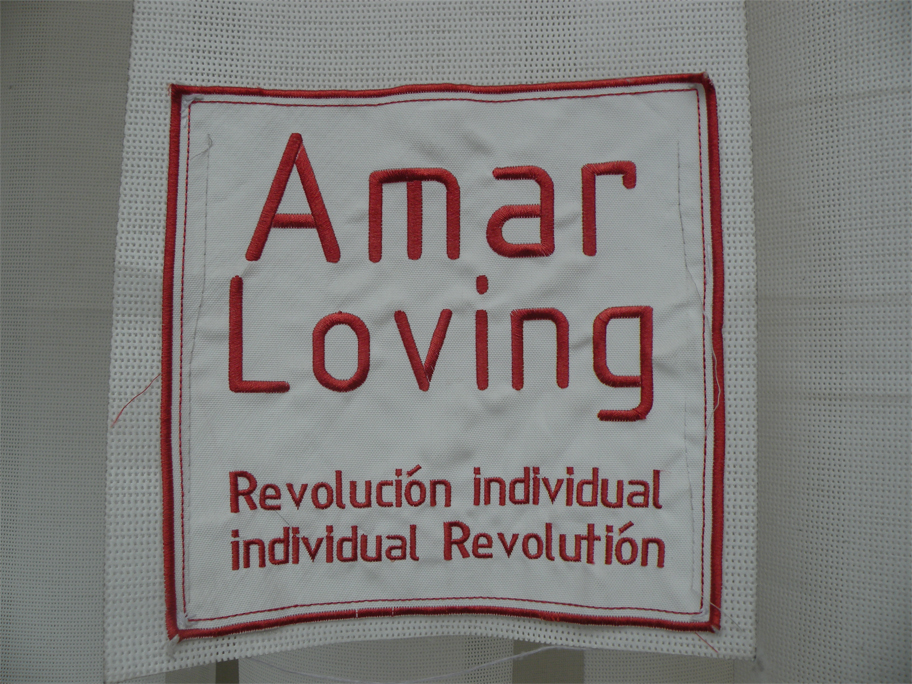
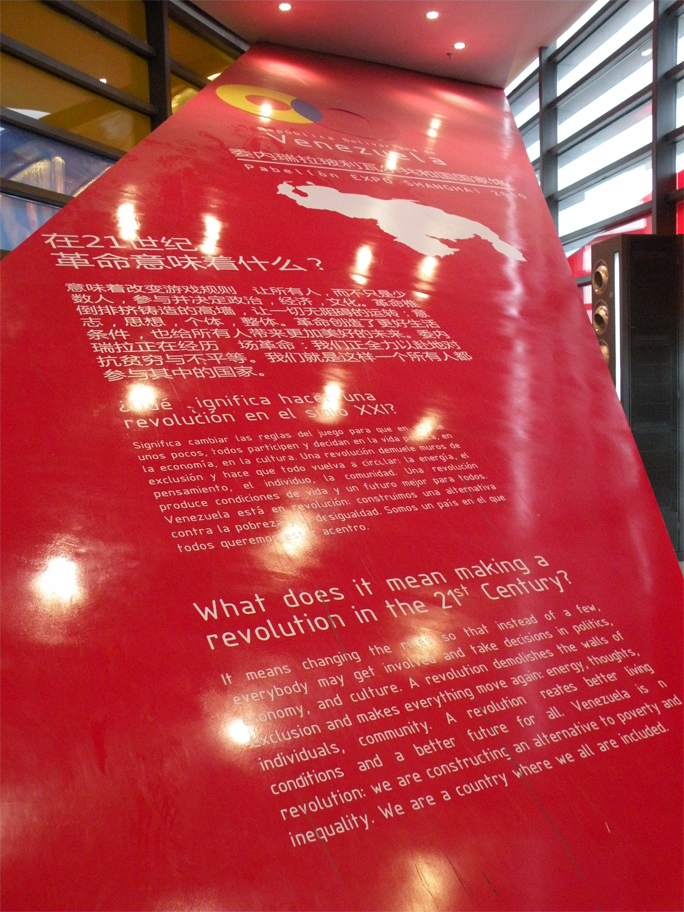






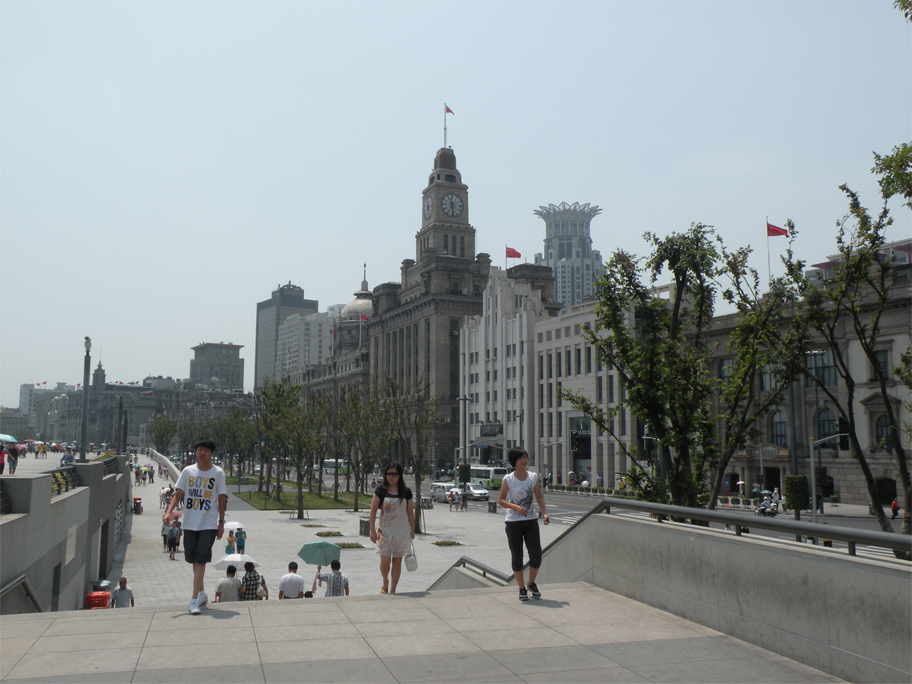
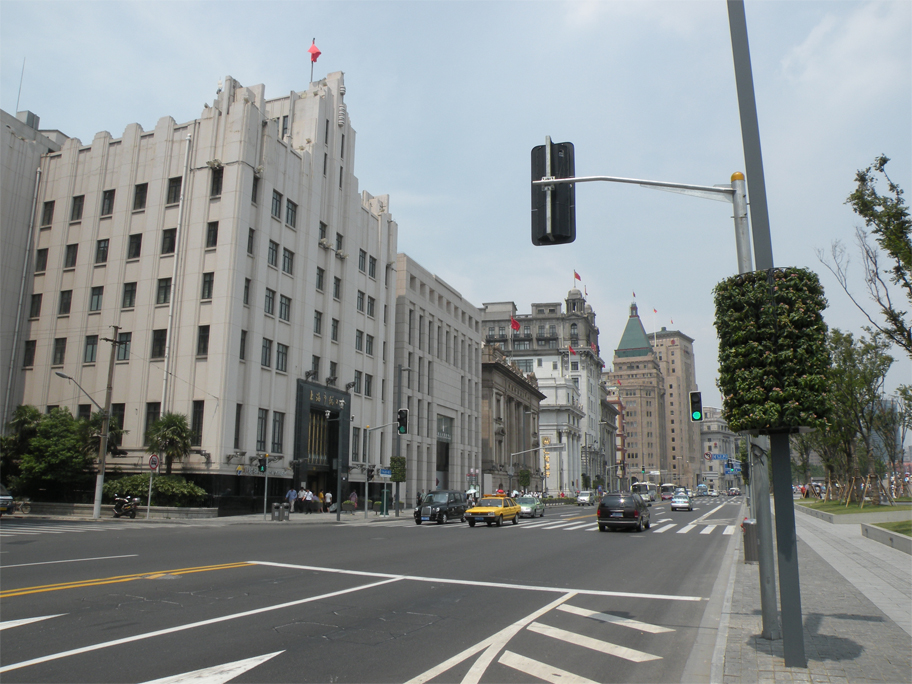

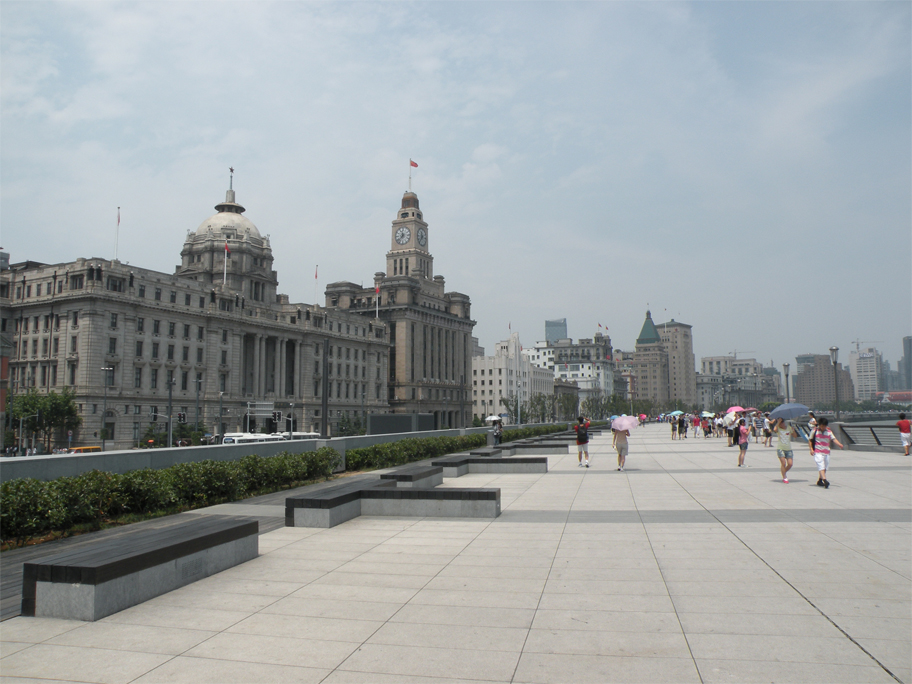






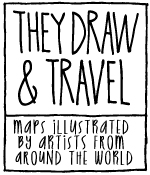

Wonderful to see these photos, James. I do hope I get to go there one day. 🙂
I’m sure you will Kathryn – and perhaps even sooner than you think! 🙂
I had no idea the architecture in Shanghai looked so European. I usually see pictures of the tower and night shots, but your photos show the interesting mixture of the two continents that’s for sure. Very interesting story.